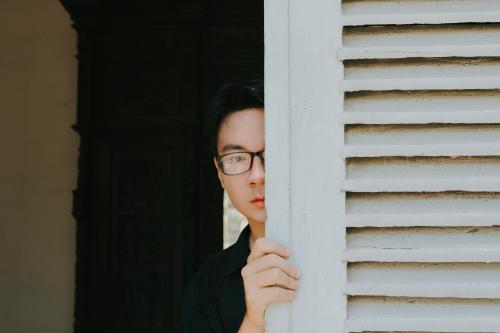The most powerful way people maintain their anxiety is by avoiding whatever it is that makes them anxious. This avoidant behavior can present itself in many different ways:
- Someone who gets anxious in social situations may avoid eating lunch in the breakroom with the other employees. She is afraid she will say something stupid and her coworkers will judge her so she eats her lunch in her car so that she will not risk being judged negatively. Eating lunch in her car is the avoidant behavior.
- Someone is afraid of flying because she is certain that she will be the unlucky one-in-a-million whose plane will have a mechanical issue and take a fiery nosedive into the ground. To prevent this tragedy, she always finds a way to drive instead of fly. Recently, she drove 12 hours to attend a work conference while all her coworkers flew. Driving is the avoidant behavior.
- Someone with health anxiety is continuously anxious about having a serious or life-threatening disease. If he notices a symptom or some change in his body (a new spot on his skin, swollen glands, stomach pain), he may spend hours ruminating over possible diagnoses or schedule multiple doctor visits. Overthinking and multiple doctor visits are the avoidant behaviors, as he is trying to escape the uncertainty about what his symptom might indicate.
All of the actions taken by these three people may make them feel better in the moment.
- The person with social anxiety feels immediate relief as she heads to her car with her lunch “Phew, now my coworkers won’t judge me because I never had the chance to say something stupid.”
- The person with a fear of flying feels immediate relief as she loads her suitcases into the back of her car for the conference “What a relief, now I won’t have to die in a plane crash today.”
- The person with health anxiety feels immediate relief after all of his thinking and doctor visits reveal that his symptom is related to something that is not life-threatening or serious. “I feel so much better now that I know exactly what is causing this symptom.”
All three of these people feel immediate relief from their avoidance. However, avoiding whatever makes us afraid actually makes that thing scarier. Social situations, flying and new symptoms will continue to get even more overwhelming as time goes on.
A key way to combat anxiety is to stop avoiding what makes you feel anxious. The first step in this direction is to learn more about your own anxiety profile. Humans are unique and complex. One hundred anxious people could have one hundred different ways of experiencing anxiety. So, let’s find out more about what you avoid to prevent anxiety from happening.
Ask yourself these questions:
- What situations or external triggers do I avoid to prevent or reduce anxiety? Think about situations, objects, people or other external cues that you typically avoid because they make you feel anxious. Focus on what impacts your daily living the most.
- What thoughts, images and impulses do I avoid to prevent or reduce anxiety? Try and identify thoughts, images or impulses you often try not to think about because they make you feel anxious. Think about the unwanted thoughts that are most distressing for you.
- What physical sensations do I avoid to prevent or reduce anxiety? Think about any physical sensations, experiences or symptoms that make you feel afraid when they take place. Do you either try and prevent them from happening or if they start to happen, do you instantly try and control or bury it?
Developing a more thorough understanding of what you avoid to not feel anxious is critical in tackling the problem of anxiety. Awareness paves the path for future steps of engaging with the things that bring about anxiety instead of avoiding them.


